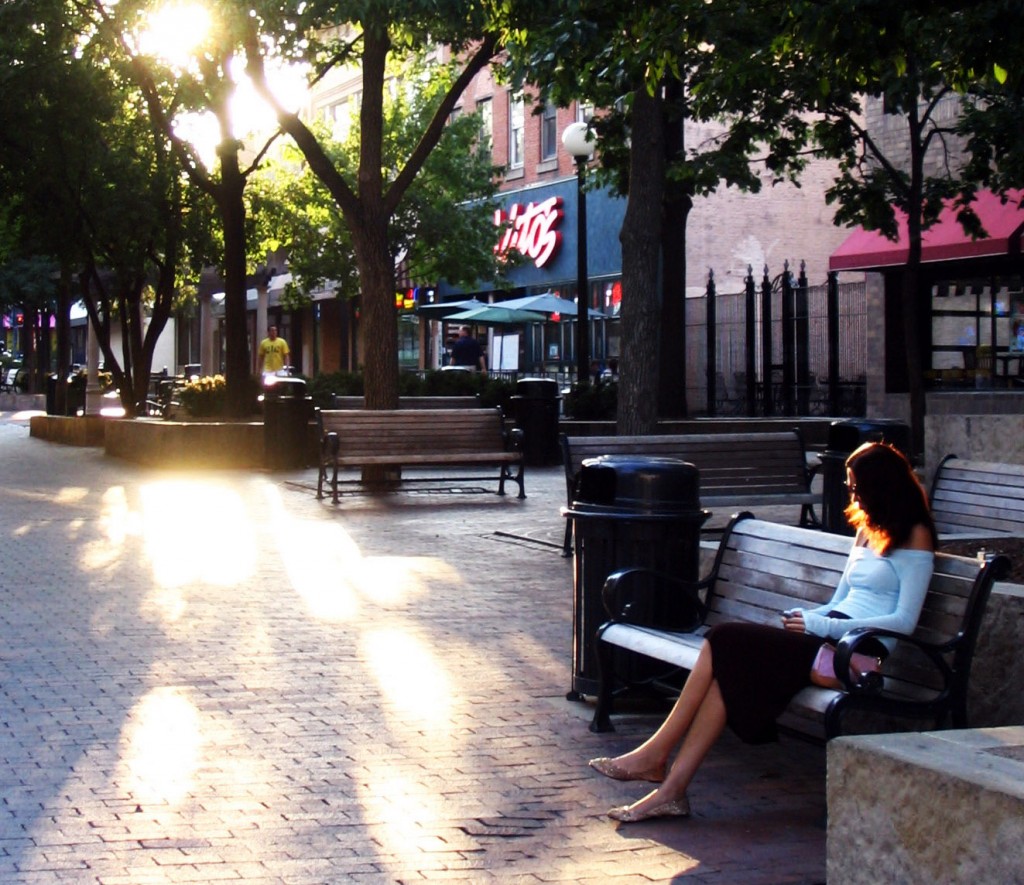The Portas Report into the future of the UK’s high streets has received wide coverage. The Government has already accepted the majority of the recommendations contained in the report and plans are underway up and down the country to ensure they are implemented successfully.

Everyone seems to accept that the time has come to act if we hope to restore the high street to its position at the heart of our communities. This necessity was underlined recently by figures showing that 14.6 per cent of high street commercial properties are now vacant.
In some towns and cities this figure is much higher with a staggering 37.4 per cent vacancy rate reported in Margate. According to the latest index from BNP PariBas Real Estate, the locations most at risk from further decline include Derby, Bradford and Wolverhampton.
On the other hand towns identified as the least risky locations for businesses and commercial property investors include Peterborough, Harrow, Truro and Colchester. However they warn that even these areas are not totally immune to risk.
Against this background The Observer invited a number of leading thinkers from across the commercial and cultural spectrum for their visions of the future of the high street. Their responses range from the practical to the poetic but all of them demonstrate a recognition that we need to think differently if the decline of the high street is to be reversed.
Architect David Adjaye believes that we need to relax planning legislation in order to attract commercial properties where people want to spend their time. “There has to be an understanding that the high street is an evolving model and it requires a planning law which is flexible,” he says.
Retailer Jane Shepherdson says that town planning is essential in attracting the right mix of retailers to the high street. Based on her experience of the regeneration of Covent Garden she says this involves commercial property landlords taking a long term view and being realistic about rents in order to protect their investments.
Like David Adjaye, she also believes in creating a welcoming environment. “If it’s not a pleasant experience, why would you go out and do it?” she asks.
Fashion magazine editor Lorraine Candy says high street retailers must offer consumers something they can’t find online. This requires commercial property occupiers focusing on the look of their stores and creating a brand identity. Shopping is always going to be part of our social lives, she says, and it has to be a special experience.
Martin Boyce is a Turner Prize winning artist and his ideas are based on his experience of a regeneration project in New York. He suggests that high streets in terminal decline should become urban gardens or playgrounds where people will go to relax. He describes it as finding magical qualities in the everyday urban landscape.
Philosopher Alain de Botton comes out with an equally strange suggestion. Instead of retail therapy, he argues, what we need are real therapists in high street commercial properties. Visiting a therapist could just be as simple as visiting the hairdressers he says.
Perhaps the last word should go to Mary Portas herself. She says there is no single solution but it’s a matter of giving consumers what they want. “Everyone is still spending.” She says. “They might be spending less, but they are still spending.”
Previous Post
Commercial Property in London is Losing its Lustre